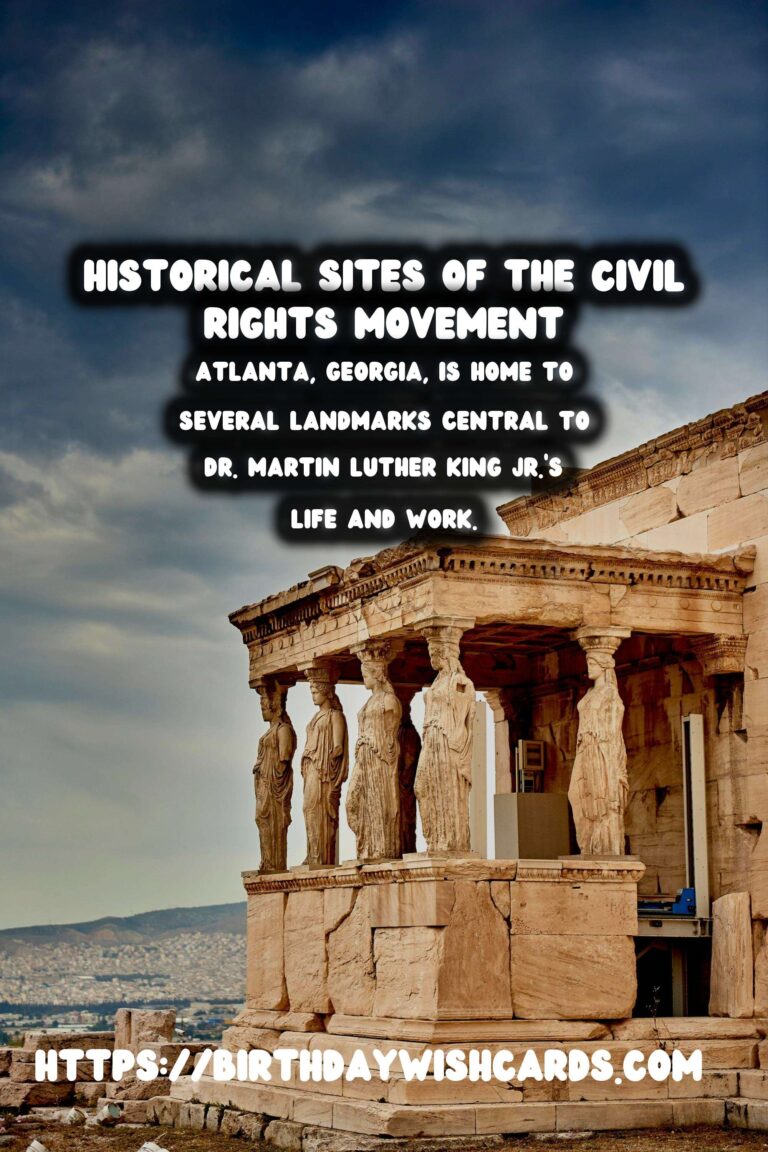
The Civil Rights Movement was a pivotal period in American history, characterized by widespread efforts to eliminate racial discrimination and secure African Americans’ constitutional rights. A journey through the American South reveals numerous sites that played significant roles during this transformative time.
1. The Legacy of Martin Luther King Jr. in Atlanta, Georgia
Atlanta, Georgia, is home to several landmarks central to Dr. Martin Luther King Jr.’s life and work. The Martin Luther King Jr. National Historical Park includes his childhood home, the Ebenezer Baptist Church where he preached, and his final resting place.
Visitors to the park can explore the exhibits that delve into the life of this iconic leader and the broader Civil Rights Movement.
2. Montgomery, Alabama: The Birthplace of the Movement
Montgomery’s Dexter Avenue King Memorial Baptist Church was the starting point of the historic Montgomery Bus Boycott. It is where Dr. King first gained national prominence. Nearby, the Rosa Parks Library and Museum commemorates her brave stand against racial segregation on public buses.
The Legacy Museum and National Memorial for Peace and Justice offer profound insights into the history of racial inequality in America, making Montgomery an essential stop for those interested in civil rights history.
3. Birmingham, Alabama: A Turning Point
Birmingham’s Civil Rights District is rich with historical sites, including the Birmingham Civil Rights Institute, which provides an immersive experience into the struggles and triumphs of the movement. The 16th Street Baptist Church, the site of a tragic bombing in 1963, stands as a testament to the violence the movement faced and the resilience of its supporters.
Kelly Ingram Park, with its powerful sculptures, serves as a reminder of the city’s significant role in the fight for equality.
4. Selma, Alabama: Marching for Freedom
The Selma to Montgomery National Historic Trail marks the path of the 1965 marches for voting rights. The trail begins at the Edmund Pettus Bridge, where marchers were met with brutal resistance on what became known as ‘Bloody Sunday’.
Visitors can walk the trail and reflect on the courage of those who risked everything for the right to vote.
5. Jackson, Mississippi: Crossroads of Change
The Mississippi Civil Rights Museum in Jackson narrates the history of the Civil Rights Movement within the state, where activists bravely confronted systemic racism. The museum’s galleries offer a compelling look at the many individuals who fought for justice in Mississippi.
Medgar Evers’ home, now a National Historic Landmark, is also located in Jackson and serves as a poignant reminder of the sacrifices made during the struggle for civil rights.
6. Little Rock, Arkansas: Integration and Education
Little Rock Central High School National Historic Site commemorates the 1957 desegregation crisis. Nine African American students, known as the Little Rock Nine, courageously integrated the previously all-white school, an event that captured the nation’s attention.
The visitor center offers insights into this significant chapter of civil rights history and its impact on the broader struggle for equality.
Conclusion
These historical sites across the American South are more than just markers of the past; they are vivid reminders of the struggle for civil rights in America. Visiting these locations allows for a greater understanding of the movement’s impact and the ongoing fight for equality and justice.
In exploring these landmarks, we honor the courage and resilience of those who paved the way for a more equitable society. Each site tells a unique story of sacrifice, determination, and hope, and their preservation ensures that the legacy of the Civil Rights Movement continues to inspire future generations.
The Civil Rights Movement was a pivotal period in American history, characterized by widespread efforts to eliminate racial discrimination and secure African Americans’ constitutional rights. Atlanta, Georgia, is home to several landmarks central to Dr. Martin Luther King Jr.’s life and work. 
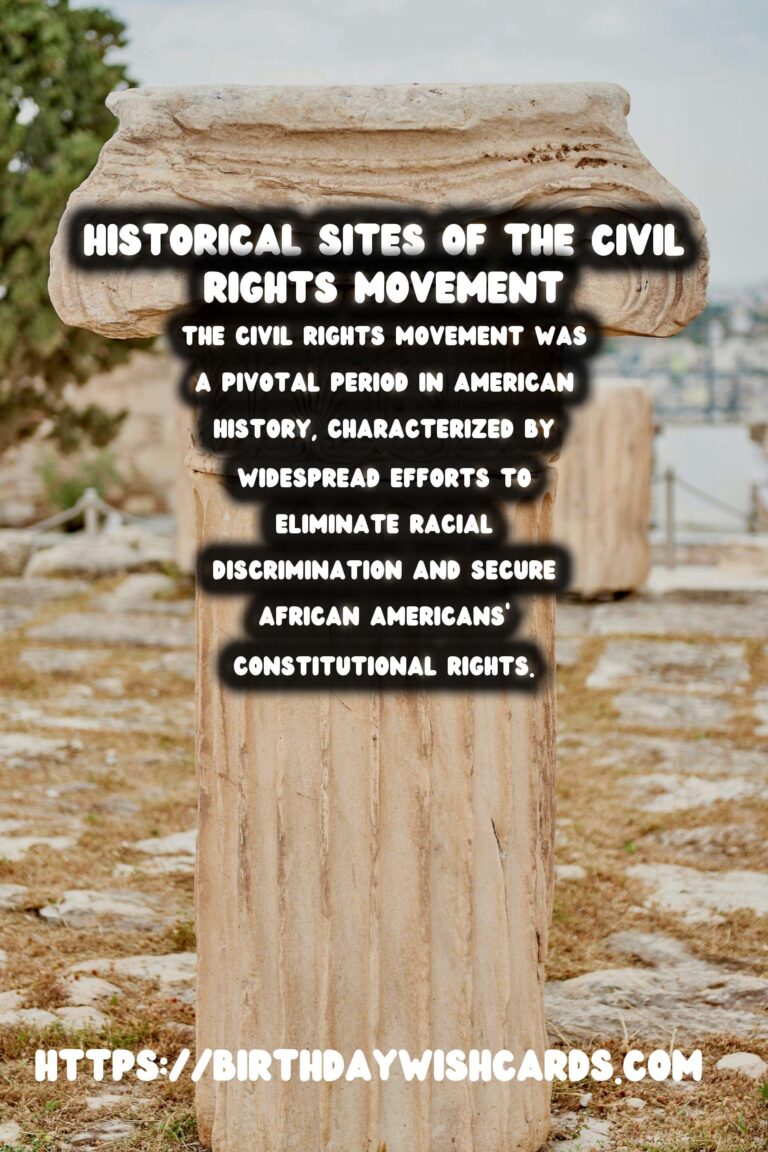
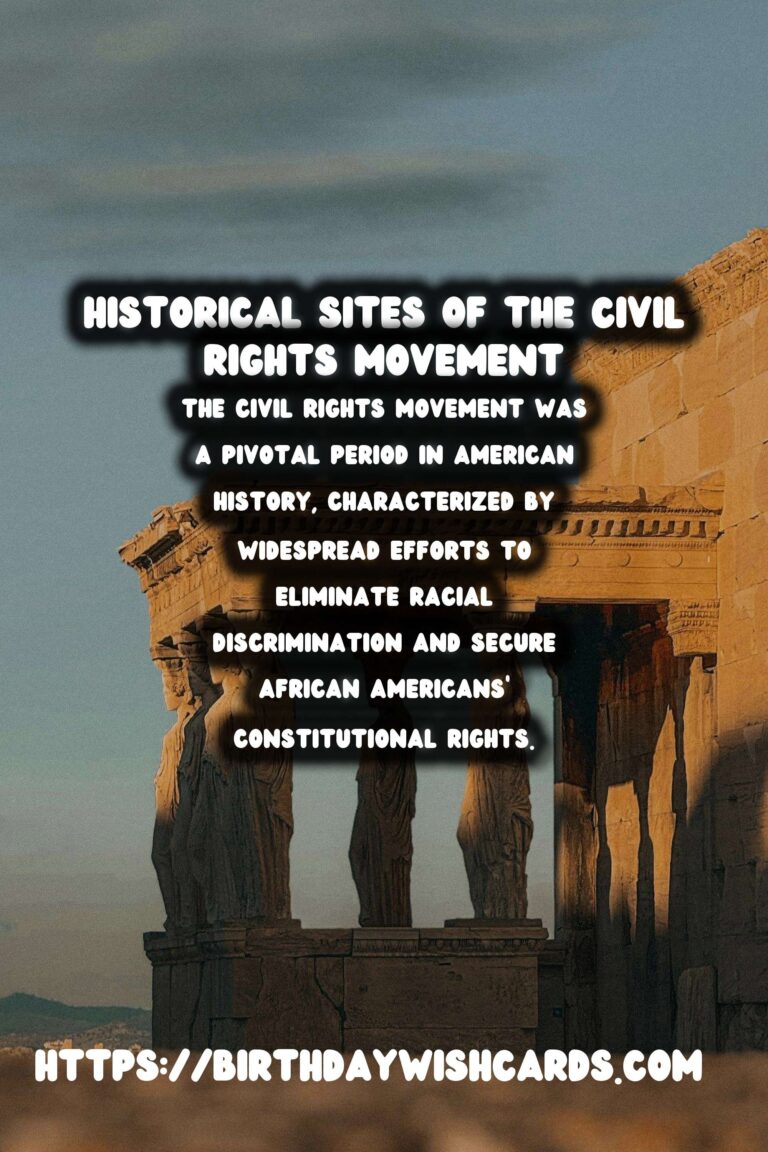
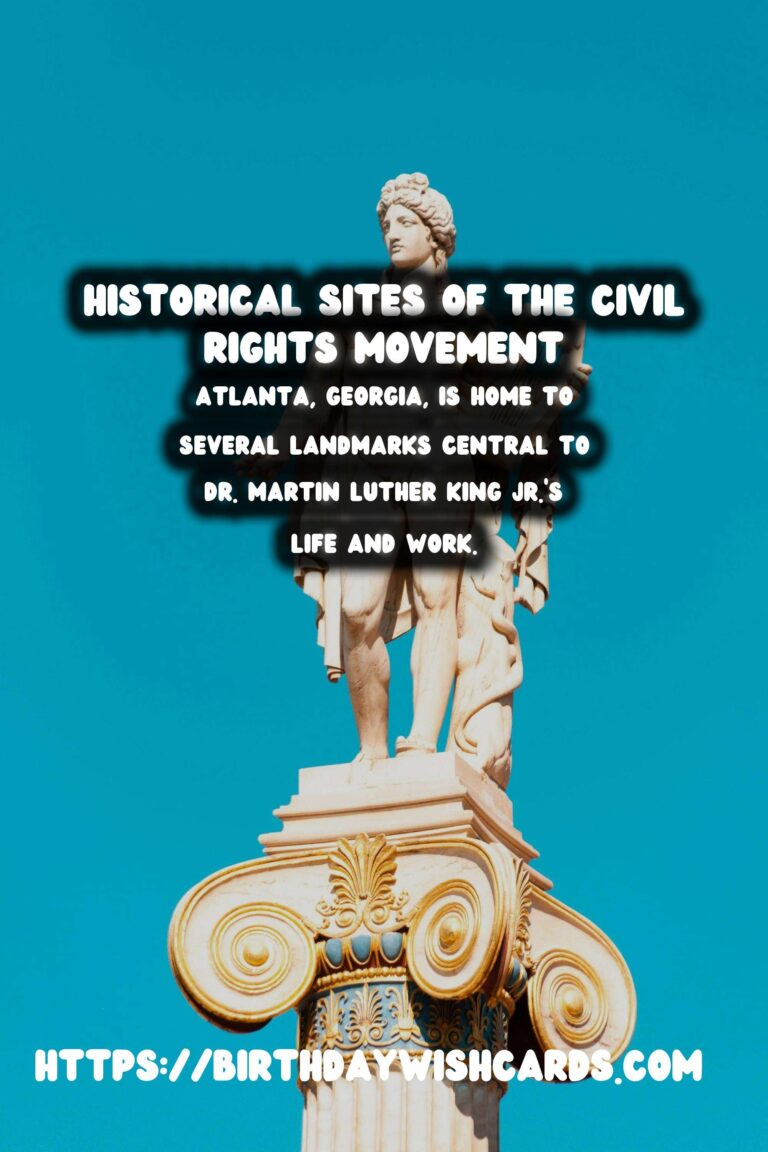
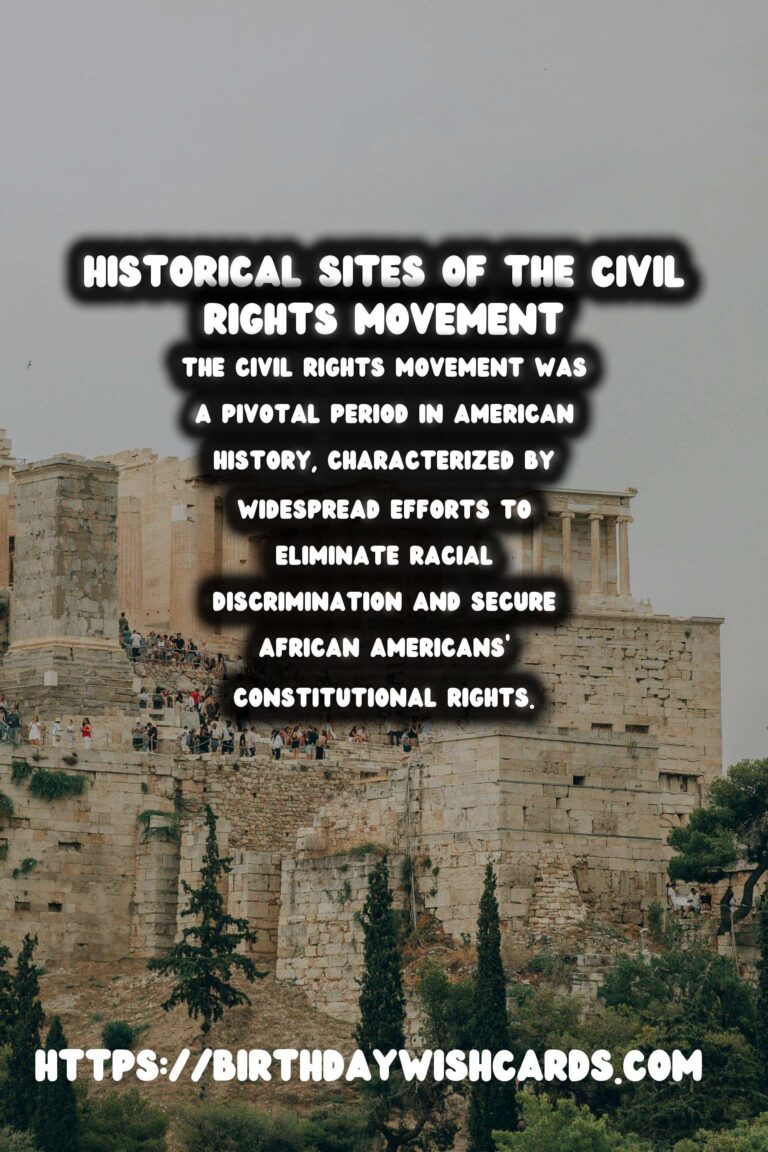
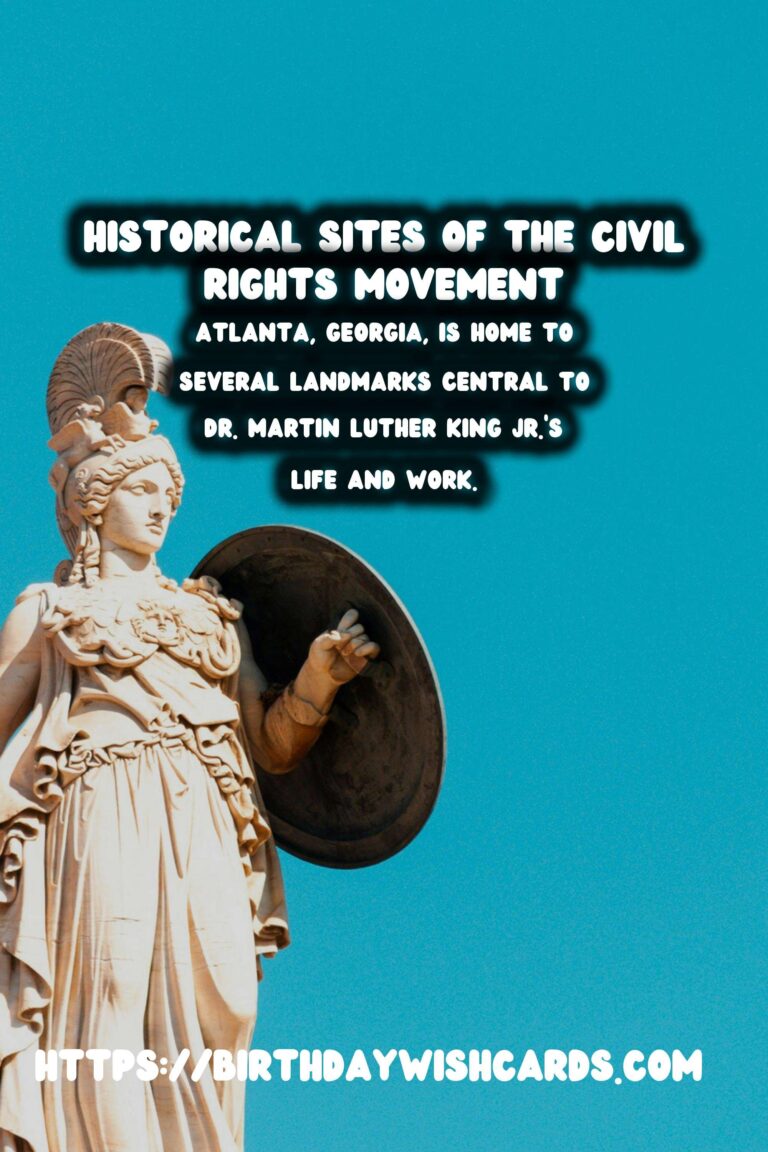
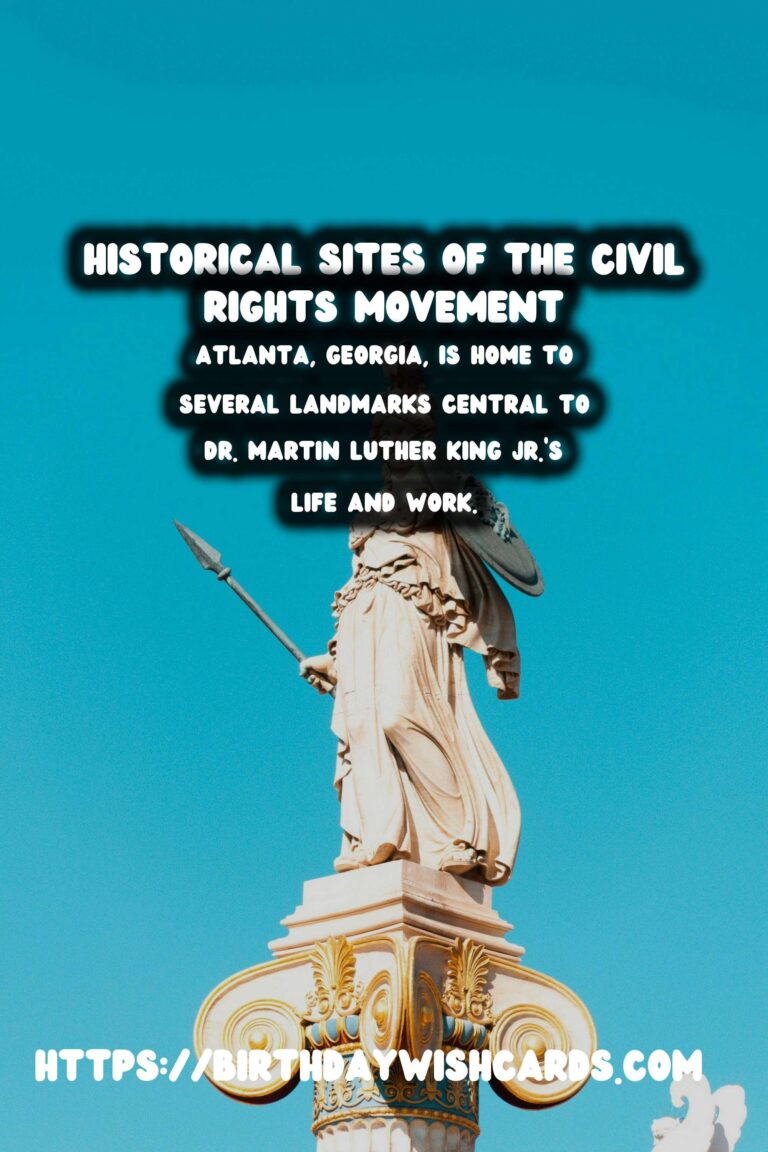
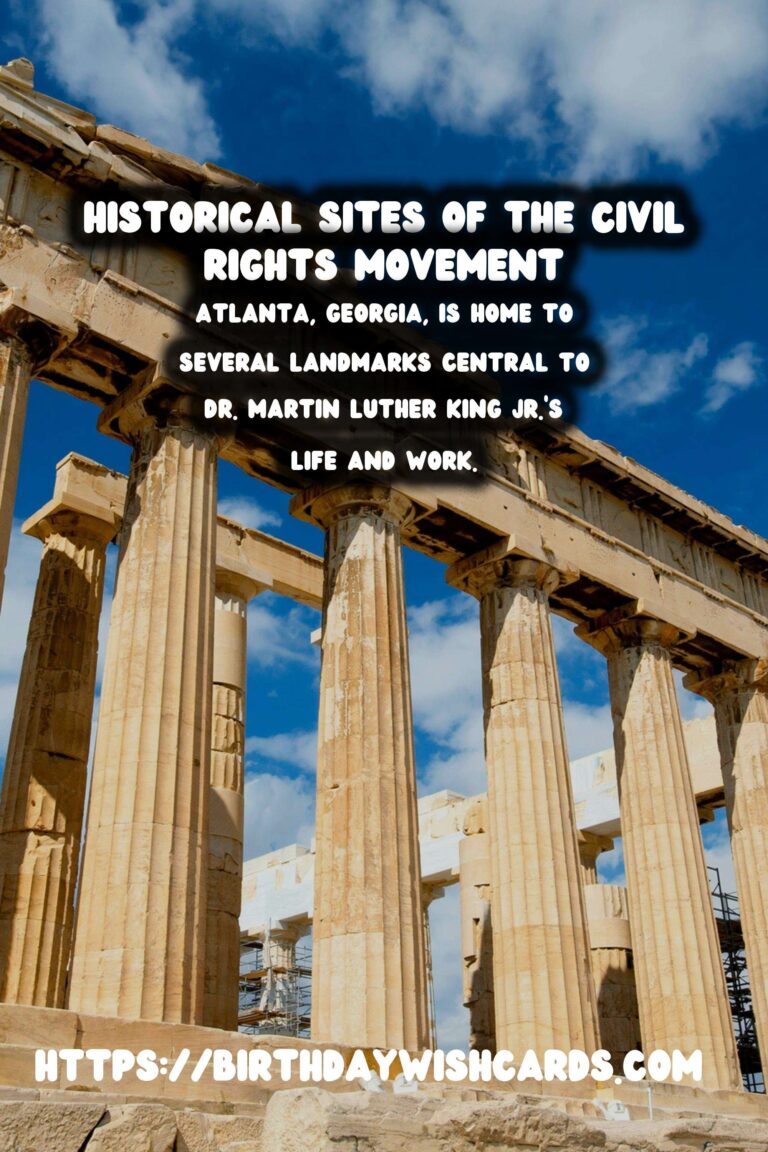
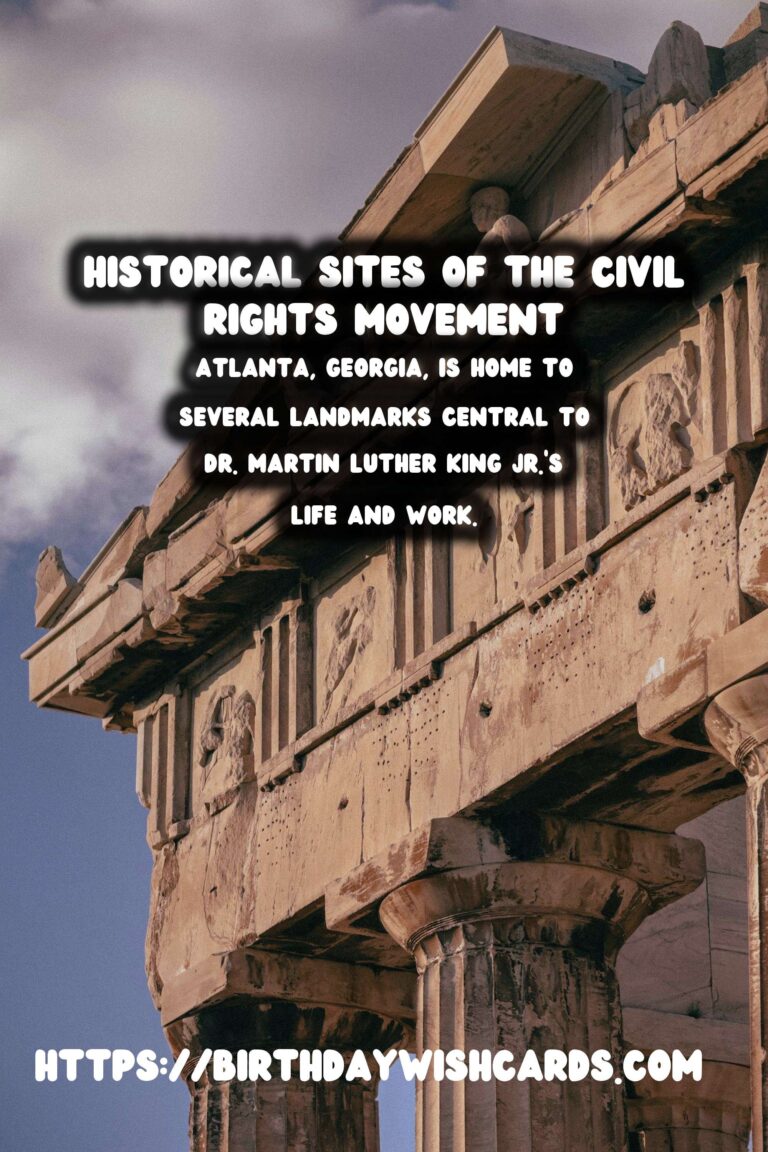
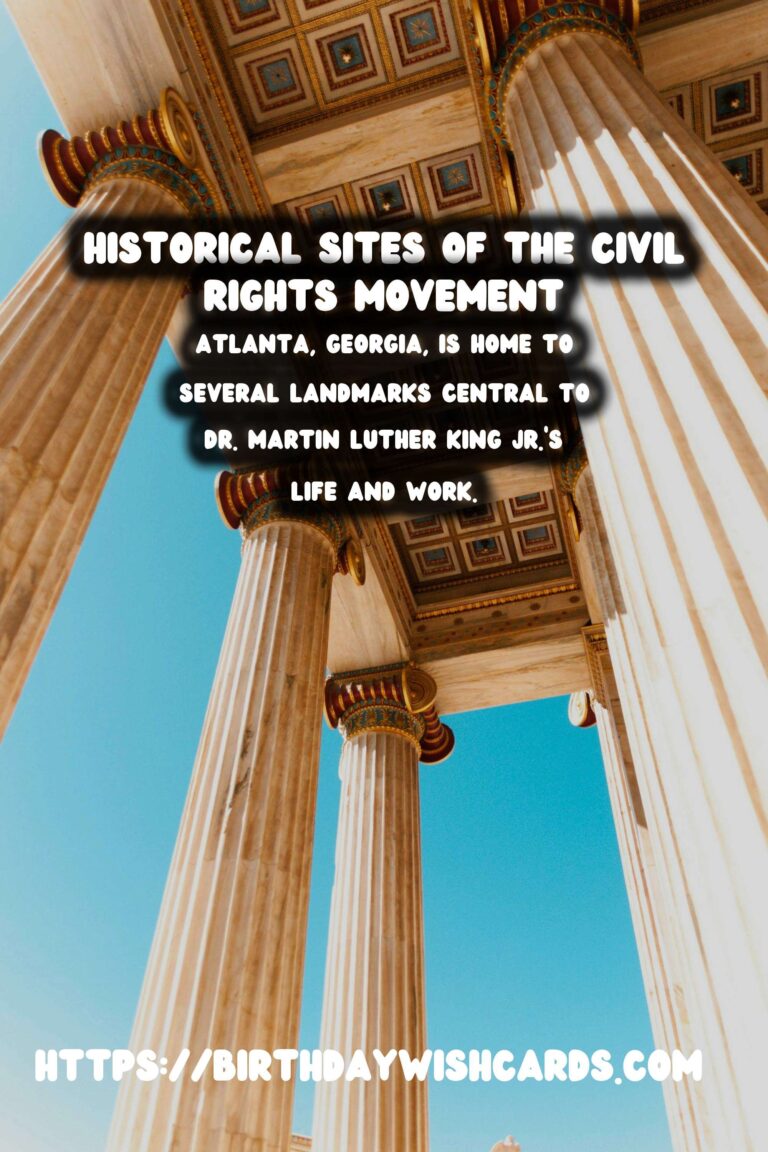
#CivilRights #AmericanSouth




